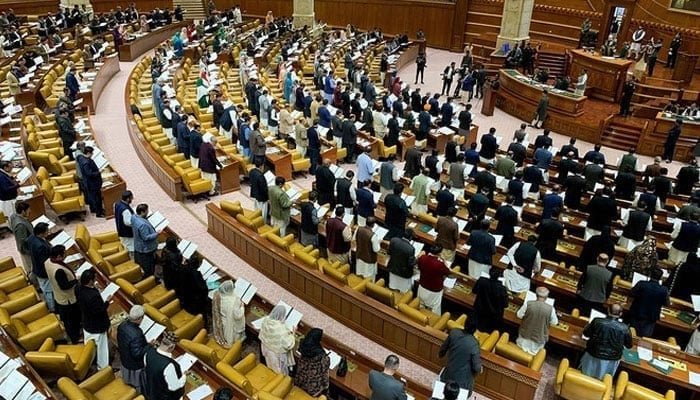Dr Shabana Khan
Low Productivity Growth in Pakistan: A Critical Analysis of Economic Challenges and the Urgent Need for R&D Investment
Renowned economist Paul Krugman once emphasized the significance of productivity, stating that while it may not be everything, it certainly plays a pivotal role in the long run. This assertion rings true when we delve into an in-depth analysis of the average total factor productivity (TFP) and GDP growth rates in several countries, with a specific focus on Pakistan’s economic landscape. TFP is a measure of the efficiency with which inputs are used in an economy. It is important because it reflects the overall productivity of an economy, which is a key driver of economic growth.
From 1971 to 2017, China demonstrated robust average TFP and GDP growth rates of 3% and 9%, respectively, while India witnessed comparatively lower figures at 1.4% and 5.4%. Meanwhile, South Korea maintained steady growth with TFP and GDP rates at 2% and 7%. In stark contrast, Pakistan fell behind, recording average TFP and GDP growth rates of 1.6% and 4.8% during the same period. These disparities are further underscored by the maximum and minimum levels of TFP and GDP growth, highlighting Pakistan’s relatively subdued performance compared to its regional counterparts.
The ramifications of low TFP growth reverberate throughout Pakistan’s economy, manifesting as weakened competitiveness, a deteriorating trade deficit (which occurs when a country’s imports exceed its exports), and escalating fiscal deficits. The nation’s quest for sustainable economic growth has been hindered by low productivity growth, exacerbating issues pertaining to trade deficits, remittances, foreign exchange reserves, and foreign direct investment (FDI).
The widening trade deficit, dwindling remittances, fluctuating foreign exchange reserves, and diminishing FDI have collectively exerted immense pressure on Pakistan’s economic stability. Furthermore, the escalating fiscal deficit has resulted in significant reliance on internal and external borrowings, thereby placing the economy in a precarious position. This underscores the urgent need for immediate action to address these pressing economic challenges.
To navigate these economic challenges and chart a path toward sustainable growth, Pakistan must systematically prioritize investment in research and development (R&D). However, the current level of R&D expenditure in Pakistan is only [insert specific percentage], significantly trailing behind its regional counterparts like China and South Korea, which invest [insert specific percentage]. This underscores the critical imperative for a substantial increase in investment in R&D.
Addressing the complex economic landscape demands a fundamental recalibration of priorities, with a particular emphasis on elevating R&D as a catalyst for enhancing TFP growth. This necessitates a reallocation of resources toward physical infrastructure, human resource development, and the cultivation of a skilled workforce in science, technology, and IT. By amplifying R&D expenditure to a minimum of 3% of GDP, Pakistan stands to unlock a potential 3% increase in TFP growth and an 8% increase in GDP growth. This strategic investment in R&D holds the promise of not only stimulating economic expansion but also improving trade balances, bolstering remittances, and reducing dependence on foreign loans in the long term, instilling a sense of hope and optimism for Pakistan’s economic future.
Hence, elevating TFP growth through substantial investment in R&D is paramount for Pakistan to surmount its economic challenges, ultimately paving the way for sustainable economic expansion, enhanced fiscal balances, and diminished reliance on external borrowings. This underscores the critical importance of our policy recommendation for increased R&D investment, which requires coordinated efforts underpinned by political stability, enduring policy reforms, and a fundamental realignment of resource allocation, focusing on R&D and innovation.














